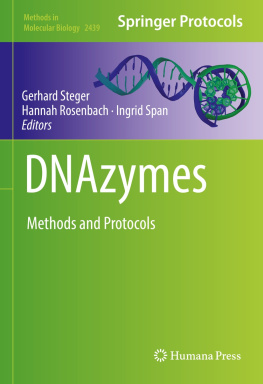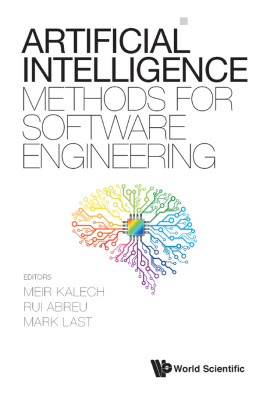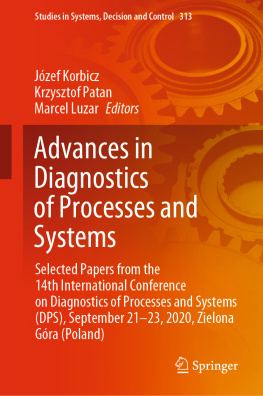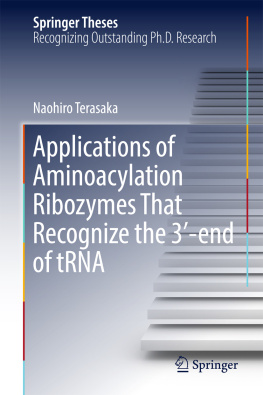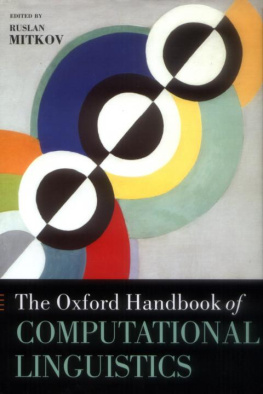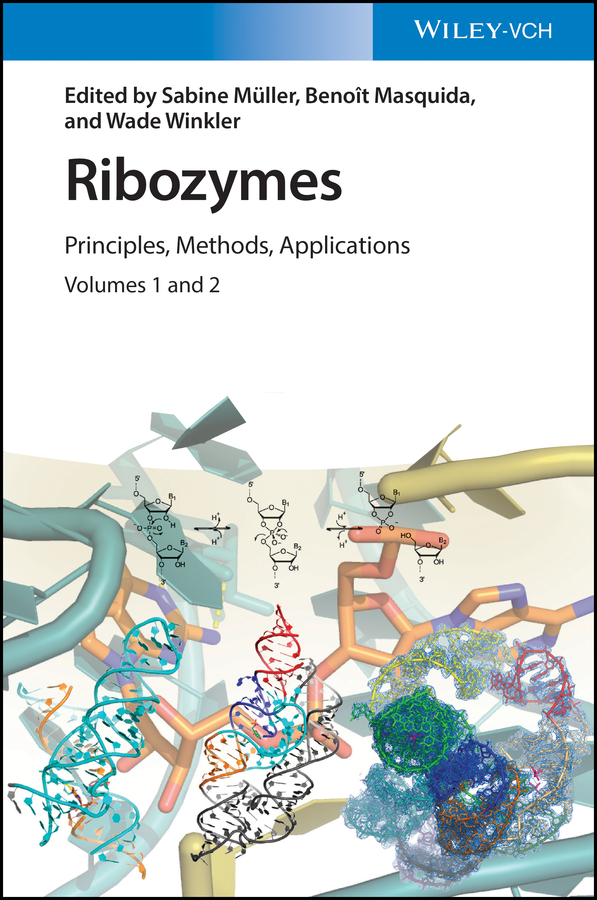
Table of Contents
List of Tables
- Chapter 2
- Chapter 3
- Chapter 5
- Chapter 6
- Chapter 9
- Chapter 14
- Chapter 15
- Chapter 26
- Chapter 33
List of Illustrations
- Chapter 1
- Chapter 2
- Chapter 3
- Chapter 4
- Chapter 5
- Chapter 6
- Chapter 7
- Chapter 8
- Chapter 9
- Chapter 10
- Chapter 11
- Chapter 12
- Chapter 13
- Chapter 14
- Chapter 15
- Chapter 16
- Chapter 17
- Chapter 18
- Chapter 19
- Chapter 20
- Chapter 21
- Chapter 22
- Chapter 23
- Chapter 24
- Chapter 25
- Chapter 26
- Chapter 27
- Chapter 28
- Chapter 29
- Chapter 30
- Chapter 31
- Chapter 32
- Chapter 33
Guide
Pages
Ribozymes
Volume 1
Edited by
Sabine Mller
Benot Masquida
Wade Winkler

Ribozymes
Volume 2
Edited by
Sabine Mller
Benot Masquida
Wade Winkler

Editors
Sabine Mller
University Greifswald
Institut fr Biochemie
FelixHausdorffStr. 4
17489 Greifswald
Germany
Benot Masquida
CNRS Universit de Strasbourg
UMR 7156
Gntique Mol\xE9culaire Gnomique Microbiologie
4 alle Konrad Roentgen
67084 Strasbourg
France
Wade Winkler
The University of Maryland
Cell Biology & Molecular Genetics
3112 Biosciences Bldg.
MD
United States
Cover
Courtesy of Dr. Benot Masquida
All books published by WILEYVCH are carefully produced. Nevertheless, authors, editors, and publisher do not warrant the information contained in these books, including this book, to be free of errors. Readers are advised to keep in mind that statements, data, illustrations, procedural details or other items may inadvertently be inaccurate.
Library of Congress Card No.:
applied for
British Library CataloguinginPublication Data
A catalogue record for this book is available from the British Library.
Bibliographic information published by
the Deutsche Nationalbibliothek
The Deutsche Nationalbibliothek lists this publication in the Deutsche Nationalbibliografie; detailed bibliographic data are available on the Internet at .
2021 WILEYVCH GmbH, Boschstr. 12, 69469 Weinheim, Germany
All rights reserved (including those of translation into other languages). No part of this book may be reproduced in any form by photoprinting, microfilm, or any other means nor transmitted or translated into a machine language without written permission from the publishers. Registered names, trademarks, etc. used in this book, even when not specifically marked as such, are not to be considered unprotected by law.
Print ISBN: 9783527344543
ePDF ISBN: 9783527814558
ePub ISBN: 9783527814534
oBook ISBN: 9783527814527
Preface
Ribozymes, a neologism that appeared in 1982 in a paper of Tom Cech, triggered the blossom of a field of research on which the RNA community gathered its countless efforts over years. Thus, after the discovery of the first naturally occurring catalytic RNAs, more than 30 years ago, research in the field of ribozymes and RNA catalysis has made tremendous progress. In the 1990s, many of the catalytic RNAs known today were first identified in nature. In parallel to these discoveries, the powerful SELEX method for discovery of novel nucleic acids was invented, which allowed the development of artificial ribozymes with rather diverse functionalities. Over the years, investigation into the structure and mechanism of ribozymes led to a deep understanding of their catalytic strategies. Today, ribozymes are understood to an extent that it is possible to utilize rational design and molecular engineering to construct catalytic RNAs with predefined function. Yet, there is still much to be learned. Improvements in highthroughput bioinformatics approaches are still fostering the discovery of new ribozymes and novel genomic locations of known motifs in highly diverse genetic contexts for all branches of life. In spite of an apparent loss of attraction due to the discovery of the RNAi and CRISPR/cas mechanisms, which at times seemed more appealing, ribozymes still inspire activity of many research groups. Even after three decades of research following discovery of the first catalytic RNA, ribozyme research has not lost the intriguing and highly motivating flair of the first days. There are still many questions to be addressed and much is waiting to be discovered.
This book aims to survey what we have learned over the past 35 years about ribozymes and nucleic acid catalysis and to present the today state of the art. It musters over 30 chapters demonstrating this activity. From the study of artificial ribozymes developed by Darwinian selection to natural ribozymes including the large translation and splicing machineries, via ribozyme engineering, and their biochemical and biophysical studies, this book takes the reader through a thrilling journey. An enormous knowledge has been accumulated on ribozyme structure, function and mechanism. However, the wealth of data also makes apparent the missing parts, which encompass what are the cellular processes regulated by ribozymes and how this is done. For instance, only little is known about the role of ribozymes identified in the human genome, and the biological roles of the new ribozymes discovered in bacteria have just started to be studied. Ribozymes deserve a continuous look from researchers, and state of the art investigation methods need to be coupled with classical ones to unravel the still unknown.
We wish to thank all participating authors for the tremendous work. Their efforts and highquality contributions have made this book come true. We hope we have succeeded in providing a source of information on mechanistic and structural aspects of nucleic acid catalysis, on tools and methods for characterization, engineering and application of ribozymes, as well as on the key questions, strategies and challenges in ribozyme research today.
December 2019
Sabine Mller
Benot Masquida
Wade Winkler
Foreword
The study of ribozymes, RNAbased catalysts, and subsequently nucleic acidbased catalysis has been immensely instrumental in the push of efforts toward a deeper understanding of RNA structure and function. The field attracted many scientists trained in chemistry, biology, or computer science. In 1993, a few years after the Noble Prize in Chemistry () started. Ever since, the annual RNA meetings have gathered more than 1000 scientists from all over the world. Many new techniques and approaches were developed accelerating the pace of discoveries on RNA. For many years, the meetings started with a session on RNA Catalysis. However, with the avalanche of new data, new RNAs, and new biology, the session on catalysis session has dwindled. Billions of years ago, RNA did start the chemistry of the game of life, but was overwhelmed by the initiated evolutionary processes.
Next page

